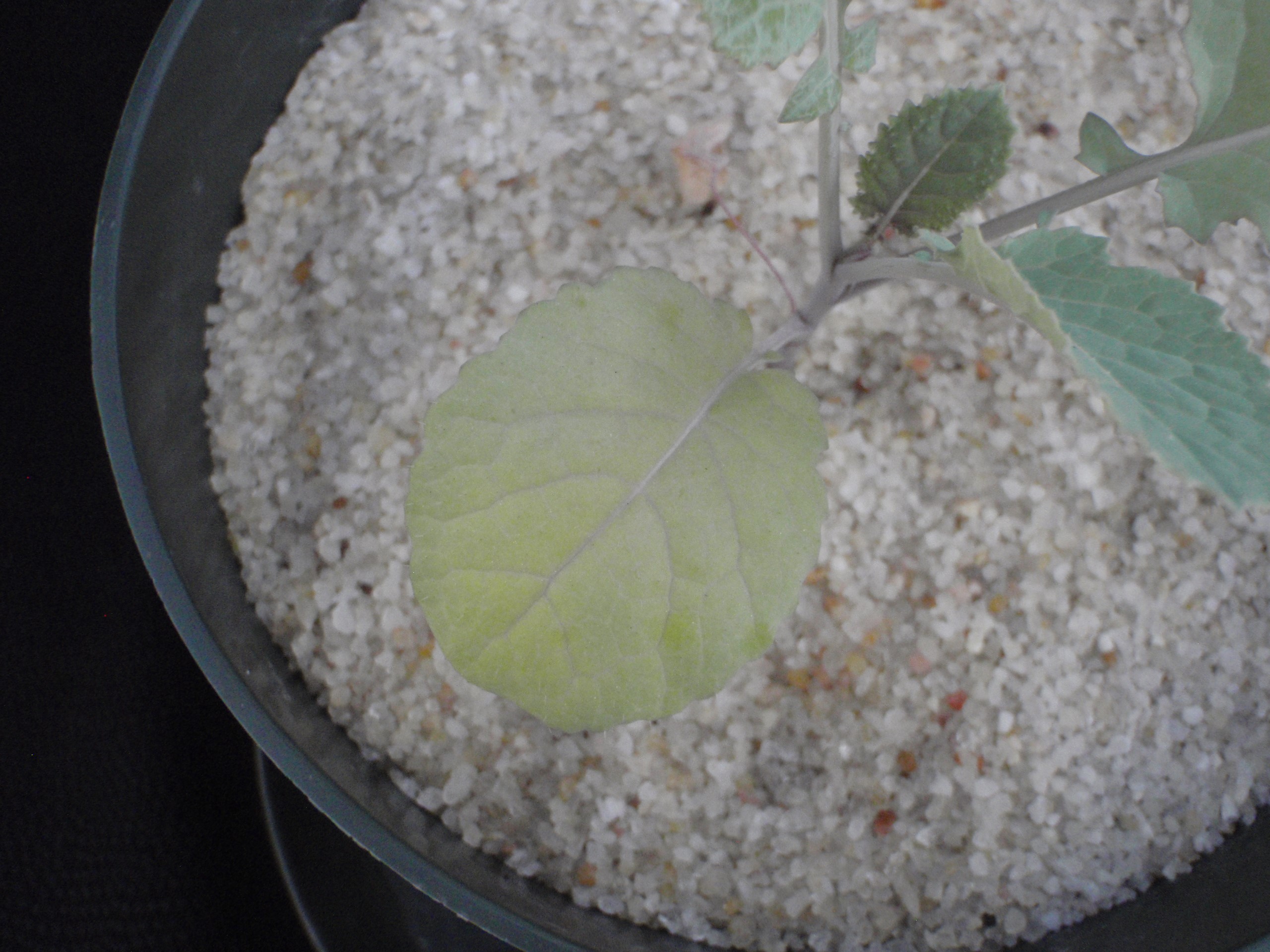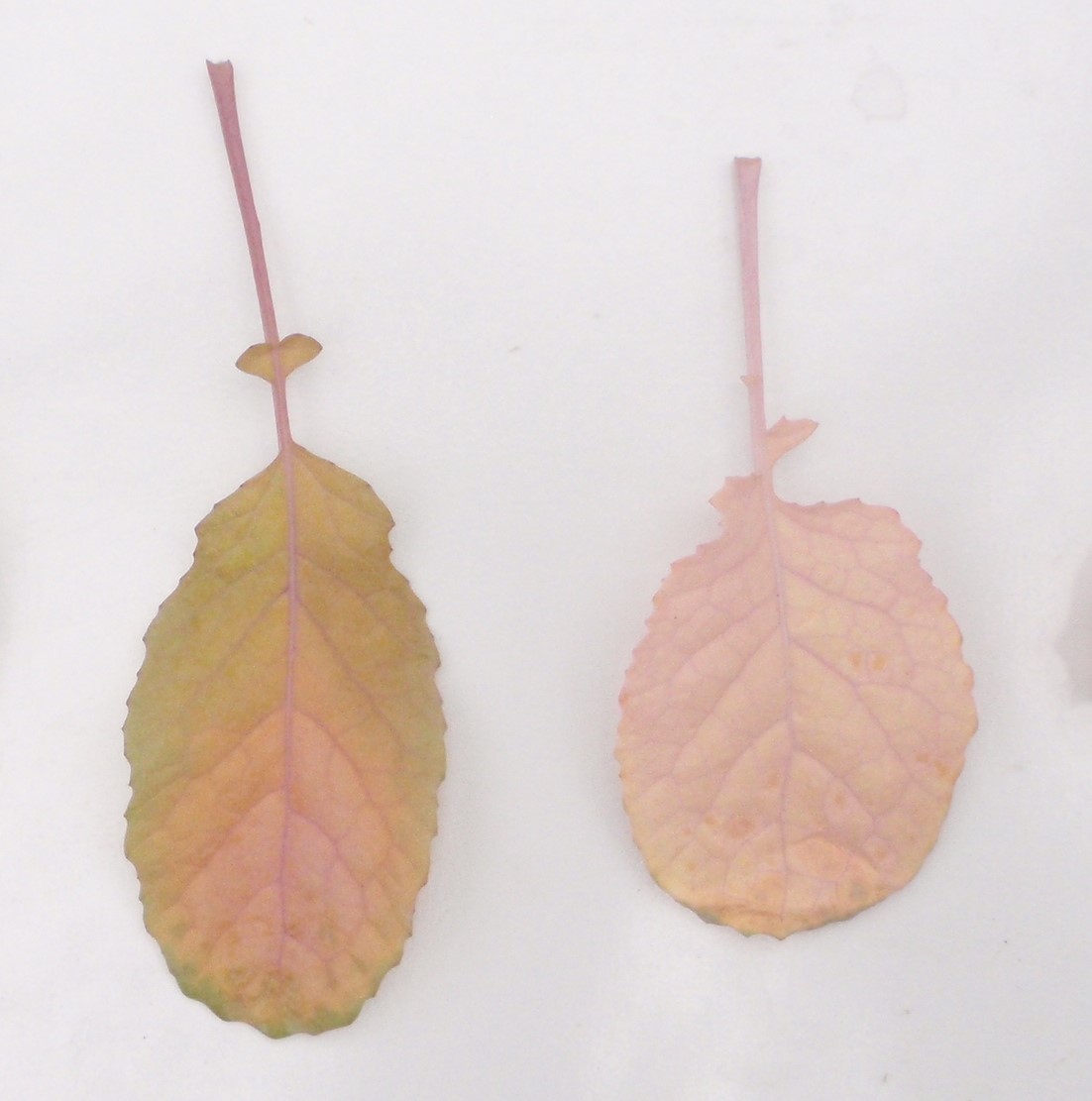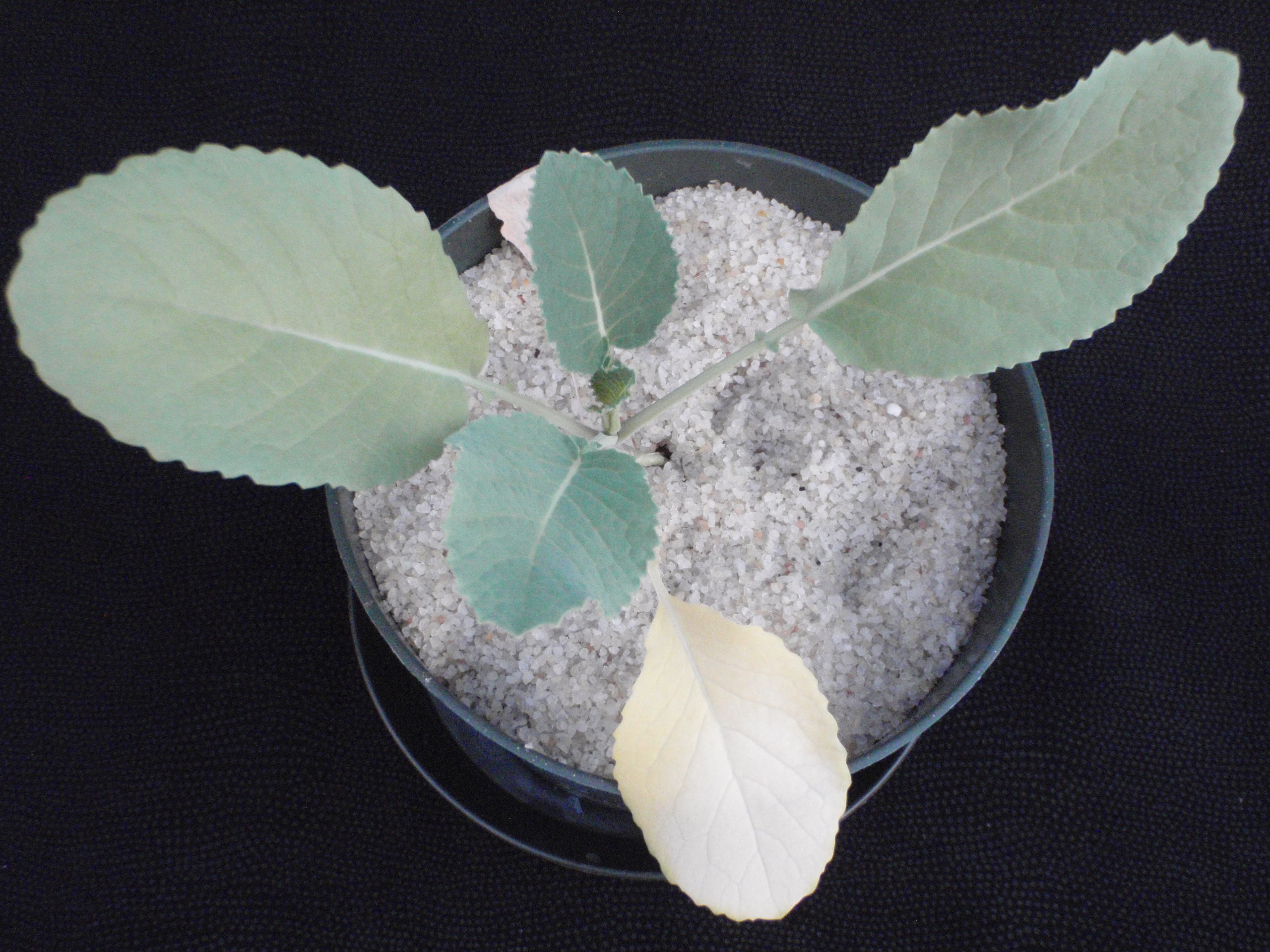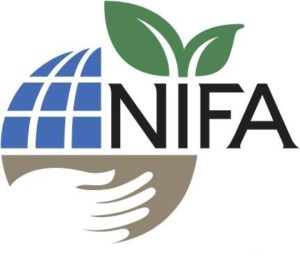Nitrogen Deficiency of Carinata
go.ncsu.edu/readext?518685
en Español / em Português
El inglés es el idioma de control de esta página. En la medida en que haya algún conflicto entre la traducción al inglés y la traducción, el inglés prevalece.
Al hacer clic en el enlace de traducción se activa un servicio de traducción gratuito para convertir la página al español. Al igual que con cualquier traducción por Internet, la conversión no es sensible al contexto y puede que no traduzca el texto en su significado original. NC State Extension no garantiza la exactitud del texto traducido. Por favor, tenga en cuenta que algunas aplicaciones y/o servicios pueden no funcionar como se espera cuando se traducen.
Português
Inglês é o idioma de controle desta página. Na medida que haja algum conflito entre o texto original em Inglês e a tradução, o Inglês prevalece.
Ao clicar no link de tradução, um serviço gratuito de tradução será ativado para converter a página para o Português. Como em qualquer tradução pela internet, a conversão não é sensivel ao contexto e pode não ocorrer a tradução para o significado orginal. O serviço de Extensão da Carolina do Norte (NC State Extension) não garante a exatidão do texto traduzido. Por favor, observe que algumas funções ou serviços podem não funcionar como esperado após a tradução.
English
English is the controlling language of this page. To the extent there is any conflict between the English text and the translation, English controls.
Clicking on the translation link activates a free translation service to convert the page to Spanish. As with any Internet translation, the conversion is not context-sensitive and may not translate the text to its original meaning. NC State Extension does not guarantee the accuracy of the translated text. Please note that some applications and/or services may not function as expected when translated.
Collapse ▲From the Field – Agronomy Notes

In this Brassica carinata (Ethiopian Mustard) research update, we highlight the symptoms of nitrogen deficiency. These images are part of a project by the Southeast Partnership for Advanced Renewables from Carinata (SPARC) to develop a diagnostic series for the identification of nutrient disorders of Carinata. Carinata is an exciting new crop in the Southeast used for a wide variety of primary and secondary agricultural products including cover crops, feedstock, high protein meal, and jet fuel. It is similar in management to canola given both canola and carinata are winter annual Brassica oilseed crops. However, carinata oil is not edible.
Diagnostic Information:
Nitrogen (N), being one of the macronutrients, is required in large amounts for proper growth and development. As such, nitrogen deficiency is a common problem in many crops including Carinata. To properly identify nutritional problems, it is helpful to know the location of the symptomology and to track its movement over time. Nitrogen is a mobile element which means it will be reallocated in the plant from older, lower foliage to the newer growing foliage. This results in symptoms appearing on the lower portions of the plant first.
Nitrogen deficiency will first manifest as a general stunting of the plant (Fig. 1). The plants will then display a yellowing or paling of the lower leaves as the nitrogen is translocated from the lower foliage to the actively growing portions of the plant (Fig. 2). The key is to look for the general stunting with the paling of the lower foliage.
If nitrogen deficient conditions persist, symptomology will progress rapidly and the plant’s overall vigor will continue to decrease. In intermediate stages, some cultivars of carinata will undergo an interveinal chlorosis where the veins of the leaf take on a pink to red coloration (Fig. 2 & 3). This unique symptom was observed on two of three cultivars evaluated.
In more advanced stages of nitrogen starvation, the lower foliage will pale and turn a bleached yellow to white (Fig. 4). In addition to the lower foliage showing severe discoloration, the middle foliage will also begin to discolor. This results in a tri-level discoloration where the lower foliage is a bleached white, the mid foliage is yellowing or light green, and the upper foliage is a lush green (Fig. 5). If nitrogen remains unavailable to the plant, the lower leaves will eventually turn necrotic, and senesce. To ensure proper diagnosis the above material should be used in conjunction with a leaf tissue sample and/or field test.

Figure 1 – The plant on the left has received all its essential macro and micro nutrients, while the plant on the right has been given all nutrients except nitrogen. Note specifically the severely stunted nature of the N deficient plant. ©2018 Forensic Floriculture

Figure 2 – The lower leaf displayed is experiencing the initial stages of nitrogen deprivation. Note the greenish yellowing of the leaf. The veins are also starting to take on a purple coloration. ©2018 Forensic Floriculture

Figure 3 – The leaves above are experiencing intermediate nitrogen deficiency symptoms. As the nitrogen is translocated to the growing foliage above, the leaf will move from a green-yellow to a yellow to a pale white and eventually a tan necrosis. As the leaves experience a greater loss of N and color, the veins will take on a purple to pink coloration. This is an important and species-specific symptom and will help greatly aid in the identification of N deficiency. ©2018 Forensic Floriculture

Figure 4 – As the leaves experience advanced N deprivation symptomology, the purple coloration of the veins will minimize or disappear, and the leaf will take on a pale coloration. ©2018 Forensic Floriculture

Figure 5 – In this plant, you can see the progression of nitrogen deficiency symptoms. Note the color gradation from the pale colored lower leaf, to the yellow green of the mid foliage, to the bright vibrant green coloration of the new foliage. ©2018 Forensic Floriculture
We would like to thank the following for grant assistance on this project:



Key Contact Central East:
Dr. Angela Post, NC State Univ. Department of Crop and Soil Sciences – angela_post@ncsu.edu
Dr. Carl Crozier, NC State Univ. Department of Crop and Soil Sciences – ccrozier@ncsu.edu
Key Contact South East:
Dr. Michael Mulvaney, UF/IFAS West Florida Research and Education Center – m.mulvaney@ufl.edu
Primary Authors: Paul Cockson, Dr. Carl Crozier, Dr. Ramon Leon, Dr. Michael Mulvaney, Dr. Angela Post, and Dr. Brian E. Whipker
Project Team: NC State Univ. personnel Paul Cockson (NC State B.S. student in Agroecology), Ingram McCall (Research Technician in Horticultural Science at NC State), Dr. Carl Crozier (Professor and Extension Specialist at NC State), Dr. Ramon Leon (Assistant Professor at NC State), Dr. Angela Post (Assistant Professor and Extension Specialist NC State), and Dr. Brian Whipker (Professor of Floriculture and Plant Nutrition in Horticultural Science at NC State). Univ. of Florida personnel Dr. Michael Mulvaney (Cropping Systems Specialist at UF/IFAS West Florida Research and Education Center.
Suggested Citation:
Cockson, P.1, C. Crozier1, R. Leon1, M. Mulvaney2, A. Post1, B. Whipker1. 2018. Nitrogen Deficiency of Carinata. North Carolina St. Univ. Small Grains Portal – From the Field-Agronomy Notes.
1North Carolina State University 2University of Florida
Funding and Acknowledgments:
Funding for this work/study was received through USDA-NIFA Bioenergy Coordinated Agricultural Project (CAP). This material is based upon work that is supported by the National Institute of Food and Agriculture, U.S. Department of Agriculture.



